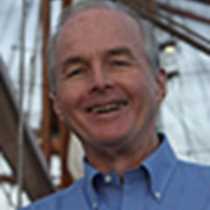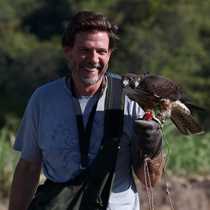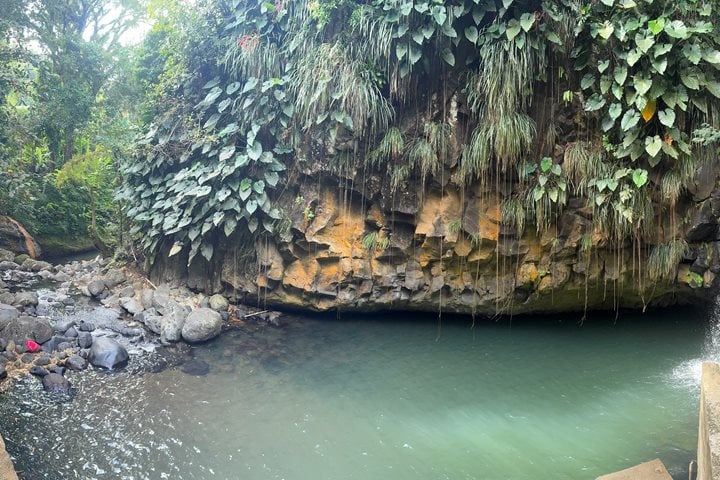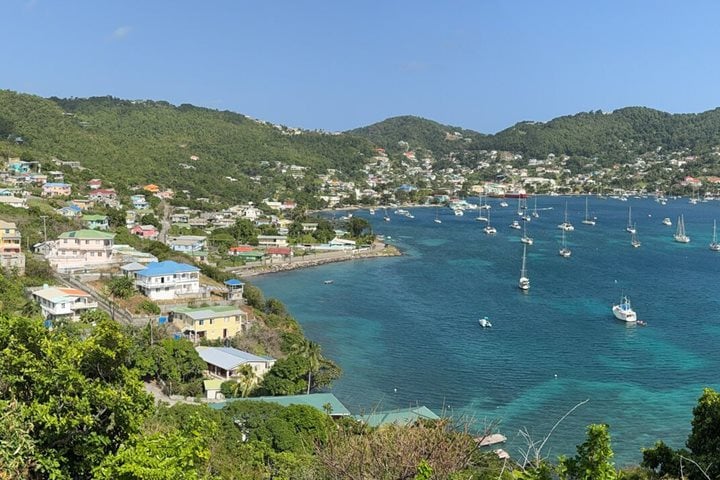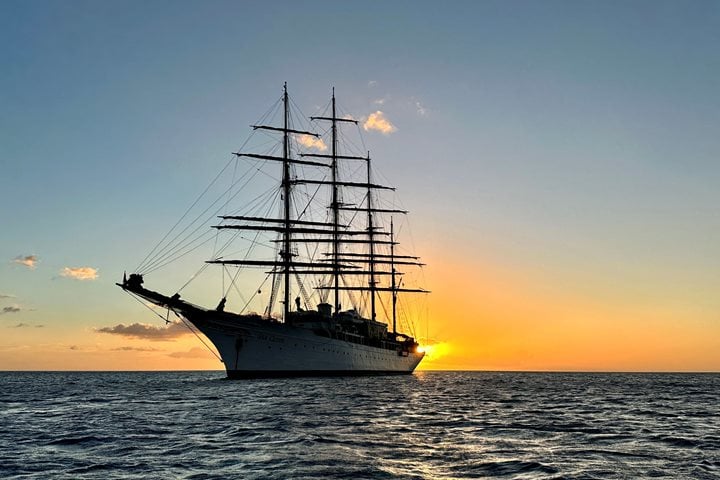This morning we sailed from the Iles des Saints to the beautiful island of St. Lucia. This small island of approximately 200 square miles and a small population is the birthplace of two Nobel Laureates—a real testimony to the quality of the educational system. During the night of our sail from Iles des Saints to Saint Lucia there was a following swell, which provided just enough of a gentle rocking to make sleeping a pleasure. At first light at 6 a.m. a squall came up and the rain poured down intermittently; mercifully it stopped by 10 a.m. and the sun shone brilliantly. The captain made it possible for us to take Zodiacs out to circumnavigate and photograph the Sea Cloud in full sail. The pictures were quite dramatic and it would appear as if one were capturing a 19th century square-rigger in full sail. On our return to the ship, Tom Heffernan gave a lecture on the “Languages of the Caribbean.” We then anchored in Soufriere Bay just to the north and east of the great Pitons. The physical setting is very dramatic as Soufriere is actually situated at the west end of an ancient caldera, which volcano blew the western ridge of the mountain chain away about 39 thousand years ago. It is picture book perfect.
After lunch we boarded the tenders and on arrival on St. Lucia we got into minivans for the short ride to the interior of the caldera where the hot gases, and molten waters, and rock are still quite active. Here we were able to see and smell—for the sulphric gases (hydrogen-sulfide) leave a strong smell in the air—for the very first time the seismic activity, which created these Lesser Antilles. All of the islands, which we will visit, are the product—with the single exception of Barbados—of volcanic activity. Nadia was our very knowledgeable guide at the caldera. She was well versed in the geology and took us to an overlook where we could look into the face of the bubbling and sulphurus mud as it hissed and exploded. We then returned to our vans and went to the Diamond Botanical Gardens. This is one of the unsung gems of the Caribbean. Plants of every sort abound in profusion and our guide Hyacinth was able to point out all the most interesting varieties. I was especially taken by the bamboo, which is the national plant of St. Lucia—a plant that can grow 8 inches a day and reach 30 feet tall and 6 inches in diameter. We were in these wonderful gardens for about one-and-a-half hours and after our visit we returned to our vans for the very short drive to the center of Soufriere. Tom Heffernan provided an overview of Soufriere’s public square, the main Roman Catholic Church and the presence here in the middle 1790s of the reach of the French Revolution and their use of the guillotine to rid the islands of the aristocracy.
We returned to the Sea Cloud by 5p.m. Tom O’Brien made it possible for us to sail beneath the Pitons where, due to the moisture in the air, we had the most vivid rainbows any of us have ever seen. I have never seen such vivid and rich colors. As we looked into the multi colored mist a second rainbow suddenly appeared, “oohs” and “ahs” were heard from everyone. We enjoyed Piton Beer and freshly baked pretzels on the spanker deck while we watched this most extraordinary rainbow. It was a very festive time and the number of photos taken is a sure sign that it will live in the memory of many for some time.
Dinner tonight was a barbecue of a suckling pig and a massive fresh caught 20-kilo tuna, which was served sashimi style. Local fishermen caught the tuna that morning. Many of us made repeated trips to the barbecue table! The events of the day continued well into the night. After dinner we watched the fabulous Captain Irwin Johnson in his autobiographical documentary of 1929 called “Around Cape Horn.” If that was not enough our redoubtable crew presented their traditional sea shanty evening where we all got to sing along. I cannot imagine a more full day and we all went off to bed utterly satisfied.



